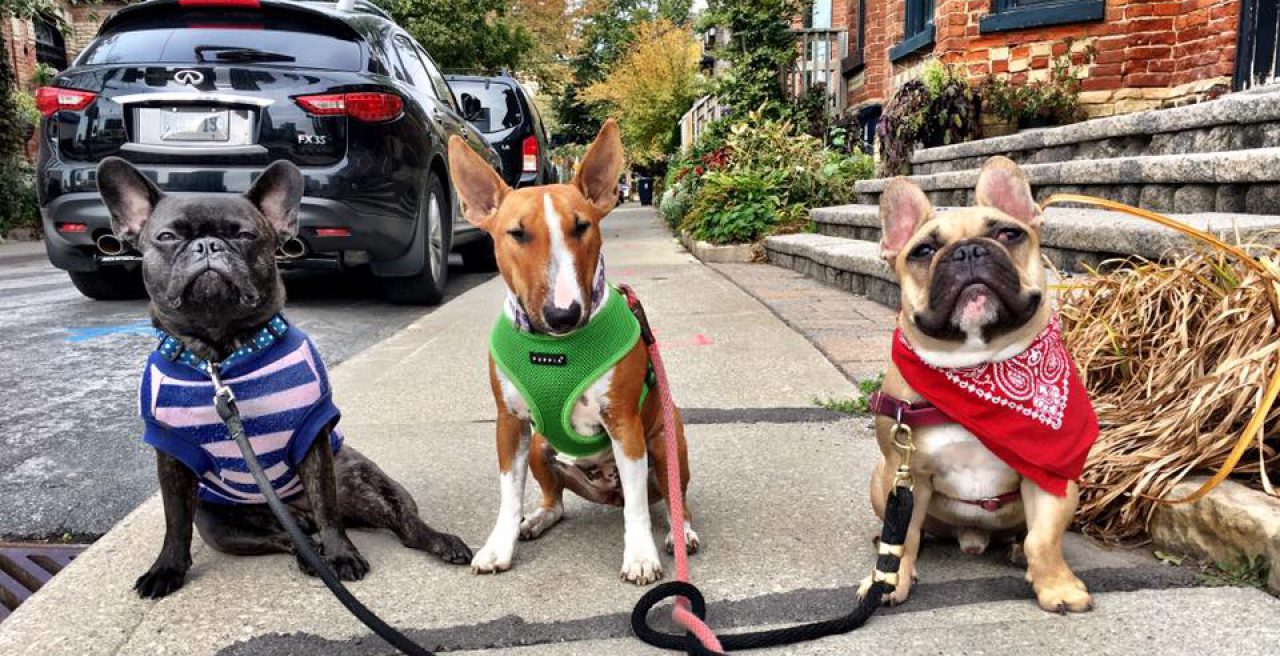
World Dog Show, Helsinki.

World Cat Show, Philadelphia.
“It’s safe to say you have truly ‘gone to the dogs,’” says New York City-based photographer Landon Nordeman of years spent documenting the enigmatical world of animal-based competitions. He’s witnessed countless—literally, he’s lost count—dog and cat shows, horse races, and other events where an animal has been present in some sort of performance capacity.
While many of Nordeman’s projects have been commissioned by the likes of The New Yorker, TIME, New York Magazine, Vogue, and ESPN The Magazine, he’s also found himself traveling the world over in search of competitions on his free time, funding his own journeys.
When asked about the ethics of animal competitions, the photographer admits that his intention has never been to draw conclusions: “I’m not looking for answers. I’m looking for questions,” he explains. It’s precisely this bizarre moral gray area that intrigues him. He can’t ask the animals how they like their situations, but he’s certainly wondered about it.
Perhaps even more than the “big questions” surrounding working animals, Nordeman embraces the tiny nuances of the bond between people and their pets. These heightened moments speak to something larger about the ways in which we understand and engage with animals, what we ask of them, and what they need from us. The people he’s met along the way love their animals, and in turn, the animals seem very much to want to please their humans.
Still, some things are lost in translation from one species to another. He’s seen all mishaps and shenanigans you could imagine and more, including the unforgettable time “an unruly pack of coon hounds actually knocked over and broke the World Dog Show trophy.” He remembers the incident more than anything else, including where that particular event took place: “I can’t remember what country that was—I think France.”
In the end, says Nordeman, “It’s all a blur.” This strange world he’s penetrated is colored by contradictions that can take years to unpack, and that’s what keeps him coming back: “it is filled with joy, sadness, humor, tension, love, and fascinating fashion.”

World Cat Show, Philadelphia.

World Cat Show, Philadelphia.

World Cat Show, Philadelphia.

World Dog Show, Helsinki.

World Dog Show, Helsinki.

World Dog Show, Helsinki.

World Cat Show, Philadelphia.

Charity Dinner, NYC.

Easter Bunny, NYC.

World Dog Show, Helsinki.

World Dog Show, Helsinki.

Charity event, NYC.

Doggy Fashion Show, NYC.
(Via: Feature Shoot /// All images © Landon Nordeman)

 Jemima Harrison, producer of both the original and the sequel, said in an interview with the
Jemima Harrison, producer of both the original and the sequel, said in an interview with the